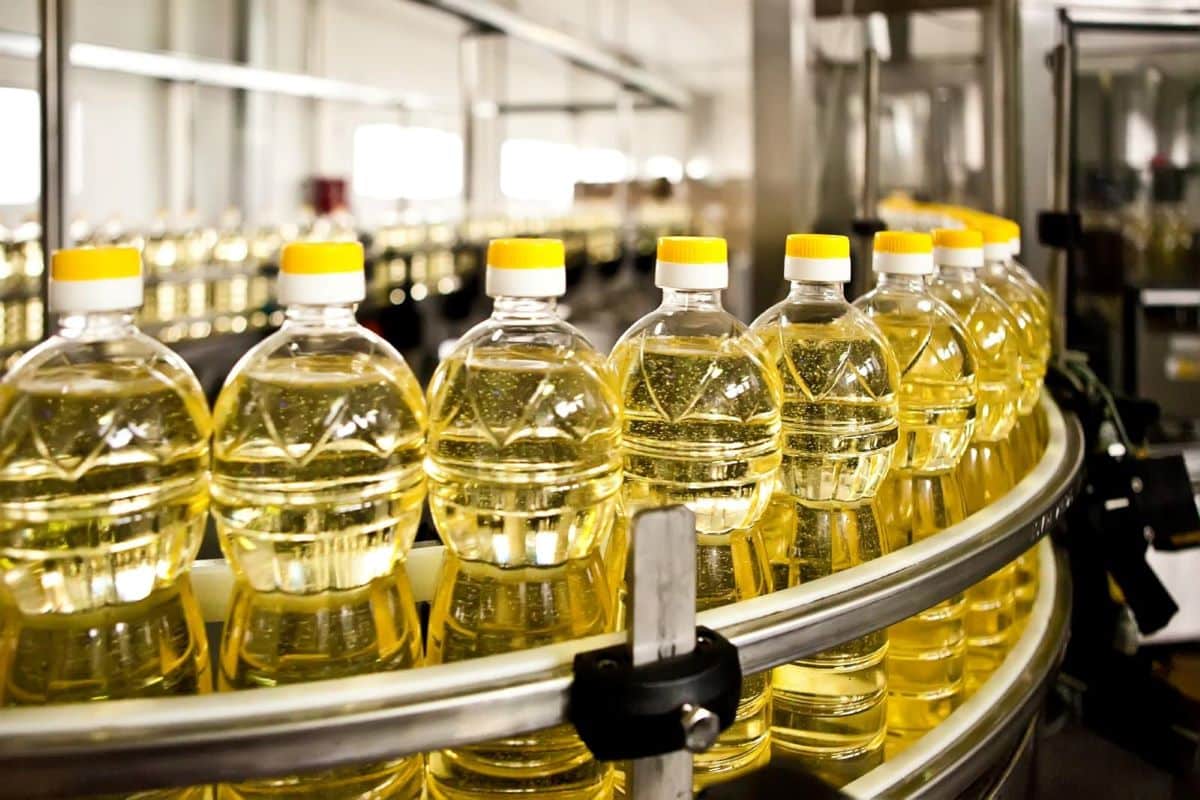Before reaching for convenience, pause and wonder: what’s in your food? Sometimes, the simplest choices hide the biggest impact on your health. Choosing whole, unprocessed options could unlock more than you realise. These items might be convenient and addictive, but have you ever stopped to think about what’s really inside them?
1. Processed Cheese Slices
These cheese slices melt perfectly but at a cost: they’re packed with phosphates, emulsifiers, and artificial colors. Often, these components are banned in other countries due to health concerns.
2. Soda
Loaded with high fructose corn syrup, artificial colours, and phosphoric acid, soda is essentially a bubbly brew of chemicals. Some of its dyes have been banned in countries like Norway and Austria.
3. Fruit Snacks
Marketed to kids with pictures of fruits, these snacks instead offer a dose of artificial flavours and gelatin. The vibrant colours come from dyes questioned by health advocates worldwide.
4. Non-Dairy Whipped Toppings
These toppings are a mix of hydrogenated vegetable oils, high fructose corn syrup, and synthetic emulsifiers—far from the cream they mimic.
5. Microwave Popcorn
The butter flavour in microwave popcorn often comes from diacetyl, a chemical linked to respiratory issues. The bags themselves may contain PFOA, a substance linked to several health problems.
6. Instant Noodles
A college dorm staple, instant noodles contain tertiary-butylhydroquinone (TBHQ), a preservative derived from petroleum, alongside MSG and excessive sodium.
7. Margarine
Once touted as a healthier alternative to butter, many margarines are actually trans-fat havens made with hydrogenated oils and artificial colours.
8. Diet Ice Cream
Low-fat and no-sugar options often replace these elements with artificial sweeteners like aspartame and acesulfame potassium, which have been scrutinized for potential health risks.
9. Store-Bought Salad Dressings
These dressings often hide a plethora of preservatives, artificial colours, and flavour enhancers behind their creamy or tangy exteriors.
10. Flavored Yoghurts
While yoghurt can be a good source of probiotics, many flavoured varieties are laden with artificial flavours and excessive sugar or artificial sweeteners.
11. Breakfast Cereals
Many brightly coloured cereals targeted at children contain artificial dyes, flavours, and a high sugar content.
12. Energy Drinks
Packed with caffeine, sugar, and other stimulants like taurine and guarana, energy drinks can be a chemical cocktail posing serious health risks.
13. Packaged Cookies
Beyond sugar and flour, packaged cookies often contain artificial flavours, preservatives, and trans fats to prolong shelf life.
14. Canned Soups
Many canned soups are high in sodium and contain MSG and other chemical additives to enhance flavour and longevity.
15. Bottled Smoothies
Despite their healthy image, many bottled smoothies are high in sugar and use preservatives and colourants to enhance appearance and taste.
16. Vegetable Oils
Some common cooking oils undergo extensive chemical processing with solvents like hexane, far removed from their natural sources.
17. Artificial Sweeteners
Products like sucralose and aspartame offer the allure of zero calories but come with a list of potential health concerns.
18. Processed Meats
From hot dogs to deli slices, processed meats often contain nitrates and phosphates as preservatives, which are linked to various health issues.
19. Artificial Creamers
Non-dairy creamers use a host of synthetic ingredients to mimic the creaminess and flavour of real milk or cream.
20. Boxed Macaroni and Cheese
The bright orange color of many boxed mac and cheese products comes from artificial dyes, which some studies suggest may affect children’s behavior.
21. Frozen Dinners
These convenient meals are typically loaded with sodium and preservatives to maintain their long freezer shelf life.
Think Before You Eat
While it’s tempting to choose convenience, it’s worth taking a moment to consider what’s really in your food. Opting for whole, less processed options can make a big difference in your health and well-being. Next time you’re shopping, take a closer look at the labels—your body will thank you.
Featured Image Credit: Shutterstock / SARYMSAKOV ANDREY.
The content of this article is for informational purposes only and does not constitute or replace professional advice.
The images used are for illustrative purposes only and may not represent the actual people or places mentioned in the article.
For transparency, this content was partly developed with AI assistance and carefully curated by an experienced editor to be informative and ensure accuracy.

